Stories of Impact
Inspiring Generations Since 1592
Trinity has welcomed many remarkable people to our campus over the centuries. Researchers have made brilliant discoveries, educators have inspired young minds, and students have been inspired to go out into the world to create, contribute, lead and succeed. Here are a few of those stories.
Inspiring Young Writers
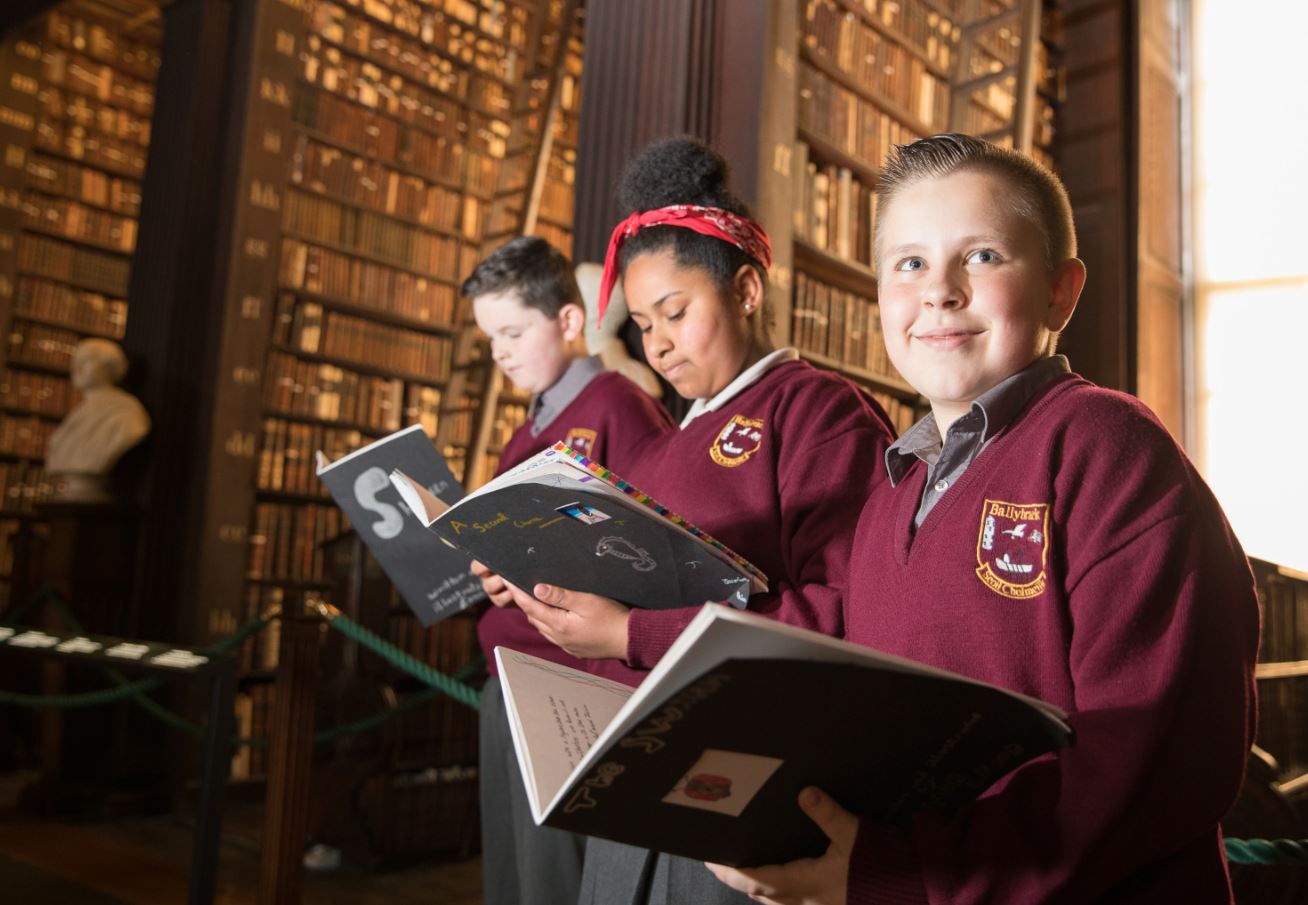
The books and artwork created each year by the children are displayed in the Old Library Long Room and go on to become part of Trinity’s permanent collection of over six million printed volumes including the world-renowned Book of Kells.
"We are very proud of the Bookmarks initiative and the unique opportunity it provides for children to acquire new skills and to be exposed to the world of children’s literature in a very hands-on way... Our outreach programmes attract over 10,000 students annually, and with continued involvement, these students and their peers will successfully make the transition to both second and third level". — Kathleen O’Toole-Brennan, Trinity Access Programmes.
Proud authors Joshua Lynch, Evan Massey and Jasmine Ekro are pictured with their books, produced in the 2018-19 Bookmarks programme.
Learn more about our Access Programmes
Inspiring Lifelong Learning
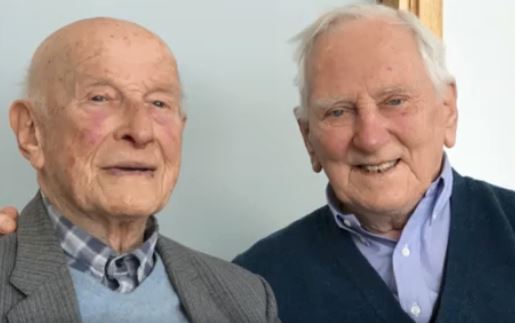
Mr Veselsky has taken extra-mural courses in the School of Histories and Humanities every year since 2010. Mr McGovern, a former garda, has recently returned to education after a gap of 75 years to study Latin.
Hear more about their stories in this video: https://www.rte.ie/news/ireland/2019/0328/1039089-joe-veselsky-joe-mcgovern/
The first woman President of Ireland - Mary Robinson
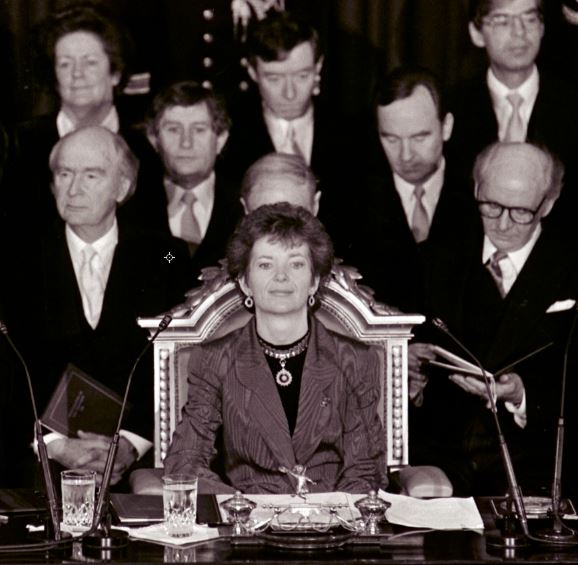
As an academic (Trinity College Law Faculty 1968-90), legislator (Senator 1969-89) and barrister (1967-90, Senior Counsel 1980, English Bar 1973) Dr Robinson has always sought to use law as an instrument for social change, arguing landmark cases before the European Court of Human Rights as well as in the Irish courts and the European Court in Luxemburg. A committed European, she also served on the International Commission of Jurists and on expert European Community and Irish parliamentary committees.
In 1988 Dr and Mr Robinson founded the Irish Centre for European Law at Trinity College Dublin. In 1998 Dr Robinson was elected Chancellor of the University, a position she held until 2019.
The recipient of numerous honours and awards throughout the world including the Presidential Medal of Freedom from President Obama, Dr Robinson is a member of the Elders, former Chair of the Council of Women World Leaders and a member of the Club of Madrid. She is chair of the GAVI Alliance Board and President of the International Commission of Jurists.
She is now President of the Mary Robinson Foundation - Climate Justice.
Making space flight possible - William Rowan Hamilton
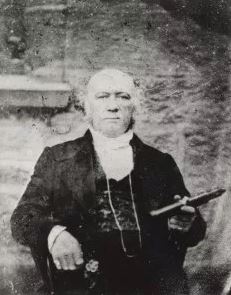
Hamilton made numerous advances in maths and science but he is most famous for developing Quaternions, the mathematical notation for representing orientations and rotations of objects in three dimensions.
Quaternions are essential for calculating orbital rotation in space flight; they are routinely employed by NASA, and are also relied upon by the computer gaming industry. Trinity’s Library is home to the tiny notebook containing Hamilton’s first scribbled recording of the Quaternion equation made as he walked by the Royal Canal at Broome Bridge in Dublin.
Splitting the Atom - the work of Ernest Walton, Nobel Prize Winner
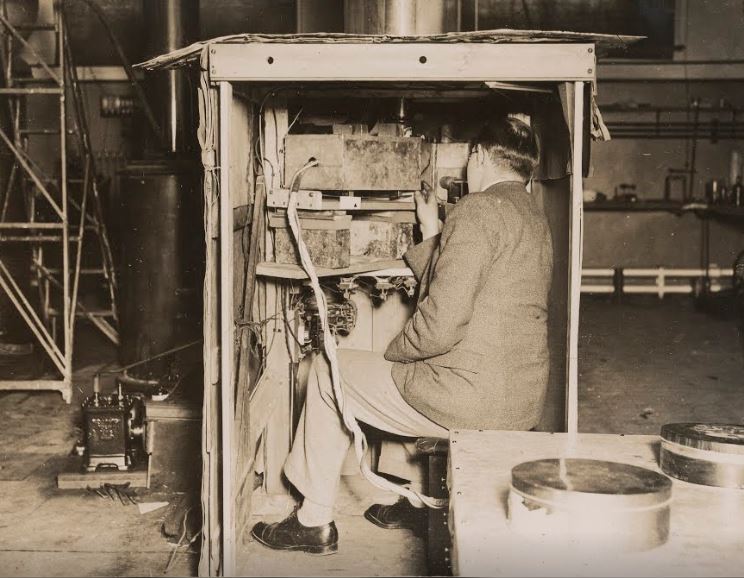
Ernest Walton graduated in mathematics and physics from Trinity College Dublin in 1926 and completed an M.Sc. in hydrodynamics under John Lighton Synge in 1927. He subsequently moved to Cambridge to undertake further postgraduate studies in the Cavendish Laboratory under Ernest Rutherford. Working with John Cockcroft (1897-1967), he successfully split the nucleus of the lithium atom in April 1932. They were subsequently jointly awarded the Nobel Prize in 1951 for ‘their pioneering work on the transmutation of atomic nuclei by artificially accelerated atomic particles’.
Walton returned to Trinity College in 1934 where he later became Professor of Natural and Experimental Philosophy. He was well known for his personal integrity, his compelling lectures and his commitment to the improvement of the standards of science education in Ireland.
This photograph shows Walton in the observation hut beneath the accelerating tube of the Cockcroft-Walton machine, which could generate voltages of up to 700 kV. It was largely due to Walton’s talent as an experimentalist that such a feat was achieved at that time.
Learn more about in our online Library exhibition
A vision for Trinity's Library - James Ussher
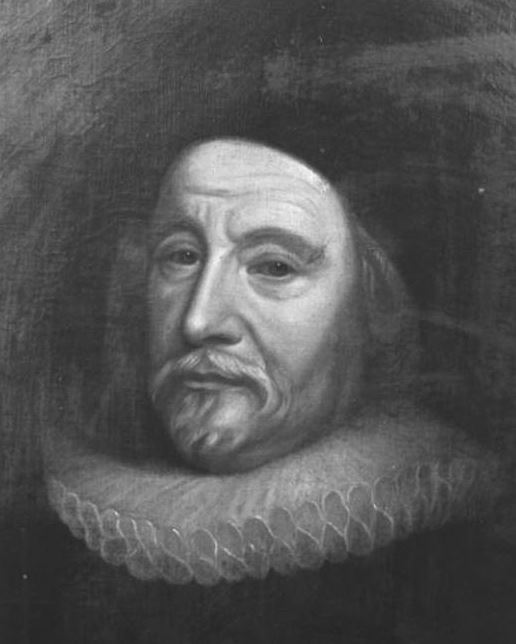
In the early 17th century he was responsible, together with Luke Challoner, for buying books to build the Trinity College holdings. They went on ‘shopping trips’ to England and liaised with numerous eminent scholars and collectors of the time, such as Sir Robert Cotton, whose library would later be one of the foundation collections of the British Museum, now held at the British Library. Ussher himself also assembled a great library, estimated at c. 10,000 volumes, most of which made their way into the collections of Trinity College Dublin.

